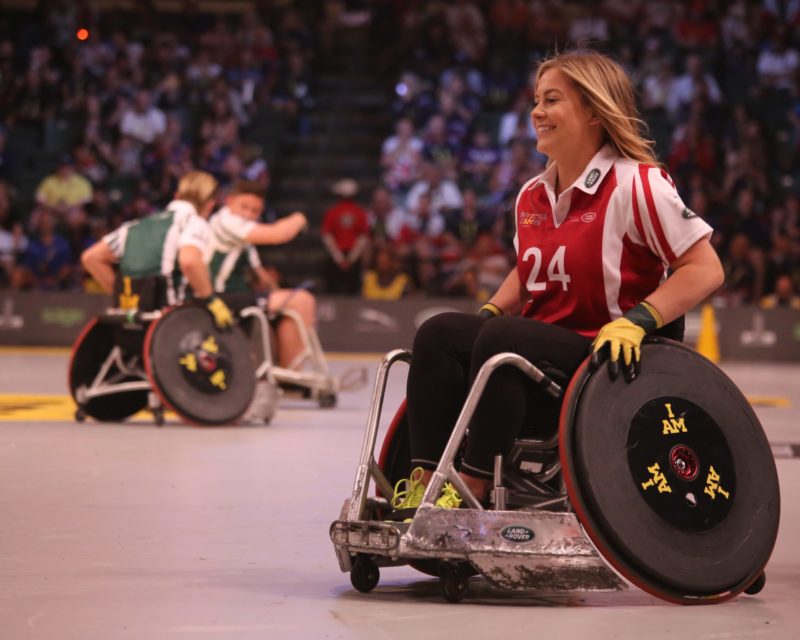Every year, countless families find themselves embarking on a challenging journey following a birth injury. These unexpected complications can turn what is supposed to be a joyous occasion into a path of hurdles, heartache, and healing. This guide serves as a comprehensive companion for those navigating this long road, offering insights, resources, and support for every phase of the journey.
Understanding Birth Injuries
Birth injuries, differing from birth defects, are complications that occur during labor or delivery, impacting an infant’s body functions or structure. From mild conditions like minor bruising, to severe cases like cerebral palsy, the spectrum is broad and the impact, profound.
The Immediate Aftermath
The period immediately following the recognition of a birth injury is fraught with confusion, urgent medical decisions, and a flurry of medical terminology. Quick diagnosis and an appropriate medical response are crucial in mitigating long-term effects and charting the course for recovery.
Emotional Toll and Mental Health
The ripple effect of a birth injury on a family’s emotional well-being is immense. Parents may experience guilt, grief, and anxiety about the future. Seeking mental health support during this time is not only beneficial but vital for the holistic healing of the family unit.
Navigating the Medical Landscape
Post-injury, families find themselves thrust into an intricate medical landscape requiring navigation through specialists, treatment plans, and therapy sessions. This journey, while daunting, is critical for the child’s optimal development and recovery.
Seeking Specialized Care
Specialized pediatric care tailored to the child’s specific needs isn’t just preferable—it’s essential. Interdisciplinary teams comprising various healthcare professionals can offer comprehensive care and streamlined support.
Therapeutic Interventions
Numerous therapies, from physical and occupational to speech and behavioral, play integral roles in a child’s recovery process. Early intervention and consistent therapy can profoundly influence the child’s quality of life and functional independence.
Legal Considerations
In instances where a birth injury results from medical negligence, legal action may be a necessary consideration. This process aids in securing funds for long-term care, bringing justice, and holding accountable those responsible.
When to Consider Legal Action
Recognizing the signs of medical malpractice and acting within legal time frames is crucial. Consultation with a legal professional skilled in birth injury cases can provide guidance and clarity.
Navigating the Legal Process
The legal journey is complex, involving steps like gathering evidence, filing claims, and possibly going to trial. Families need a steadfast legal team to navigate this emotionally taxing process.
Community and Support Systems
Beyond medical and legal realms, support groups and community resources can offer invaluable emotional backing, practical advice, and experiential wisdom. These networks reinforce that families are not alone in their journeys.
Finding Your Tribe
Connecting with other families who have walked similar paths provides a sense of belonging and understanding. These relationships often become lifelines, especially during challenging times.
The Role of Advocacy
Becoming an advocate for your child and others with birth injuries empowers families, furthers rights for the disabled, and can influence policy changes. Advocacy is a powerful tool in effecting positive change and awareness.
Long-term Adaptations
Life post-birth injury necessitates several long-term adaptations, from educational adjustments to preparation for an independent adulthood. These changes are paramount in ensuring the child thrives within society and leads a fulfilling life.
Educational Adjustments
Navigating educational support, including Individualized Education Programs (IEPs), ensures that children receive the necessary academic accommodations and assistance.
Preparing for Adulthood
Planning early for your child’s adult life, focusing on independence, financial security, and societal contribution, paves the way for a successful transition beyond the school years.
Conclusion
The journey following a birth injury is undeniably a marathon, not a sprint. While fraught with challenges, it’s also littered with triumphs of resilience, community strength, and profound growth. Armed with knowledge, support, and resources, families can navigate this long road, advocating for a world more inclusive and understanding of all individuals’ unique journeys.
FAQs
1. Can birth injuries be prevented? Some birth injuries are preventable with proper prenatal care, skilled healthcare professionals, and appropriate birth techniques. However, some factors are unpredictable and unpreventable.
2. How common are birth injuries? Birth injuries, ranging in severity, occur in approximately 1-2% of live births in the United States. This statistic highlights the importance of skilled perinatal care.
3. What are the long-term implications of birth injuries? Long-term effects vary widely, depending on the severity and type of injury. They can range from full recovery to lifelong care needs.
4. Are all hospitals equipped to handle birth injuries? Not all. It’s imperative for complex cases to be managed at facilities with specialized neonatal care units and professionals experienced in handling birth injuries.
5. How can families cope with the emotional impact of a birth injury? Seeking therapy, connecting with support groups, and engaging in community resources are healthy ways for families to navigate the emotional ramifications of a birth injury.

